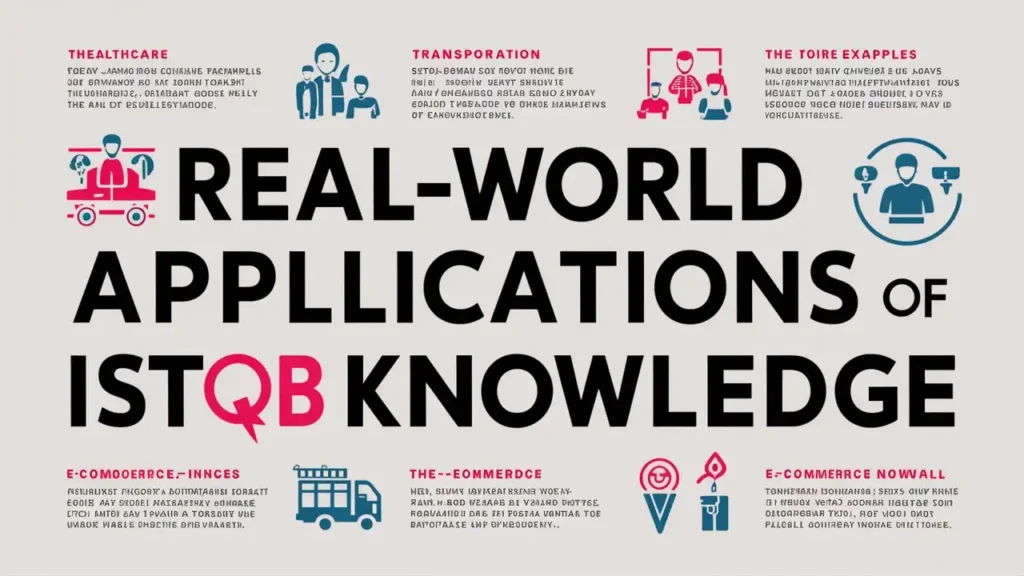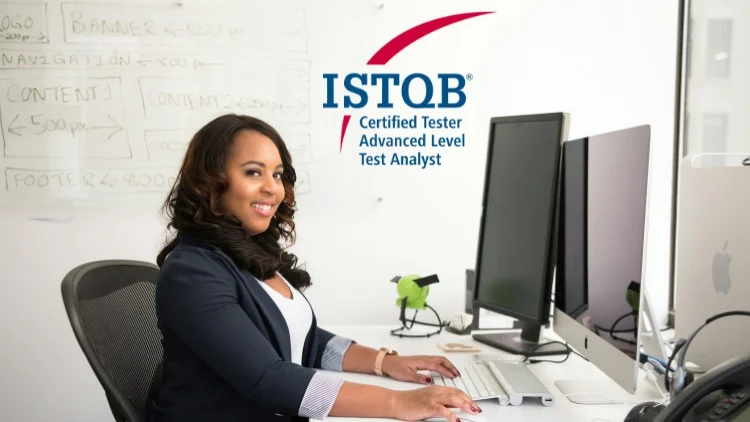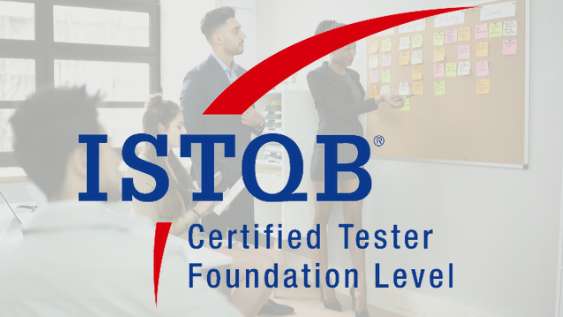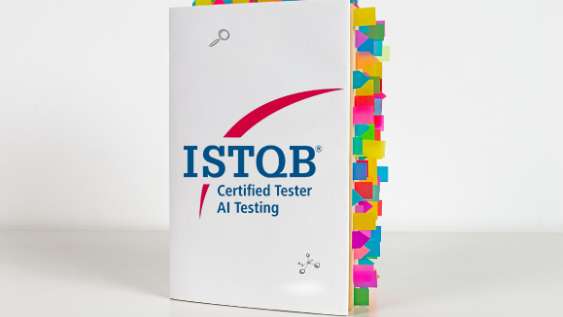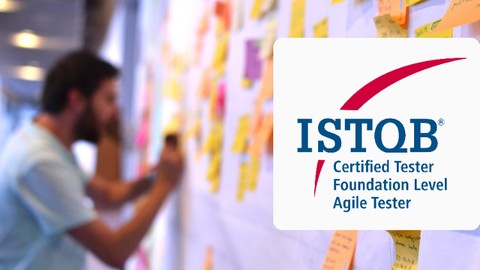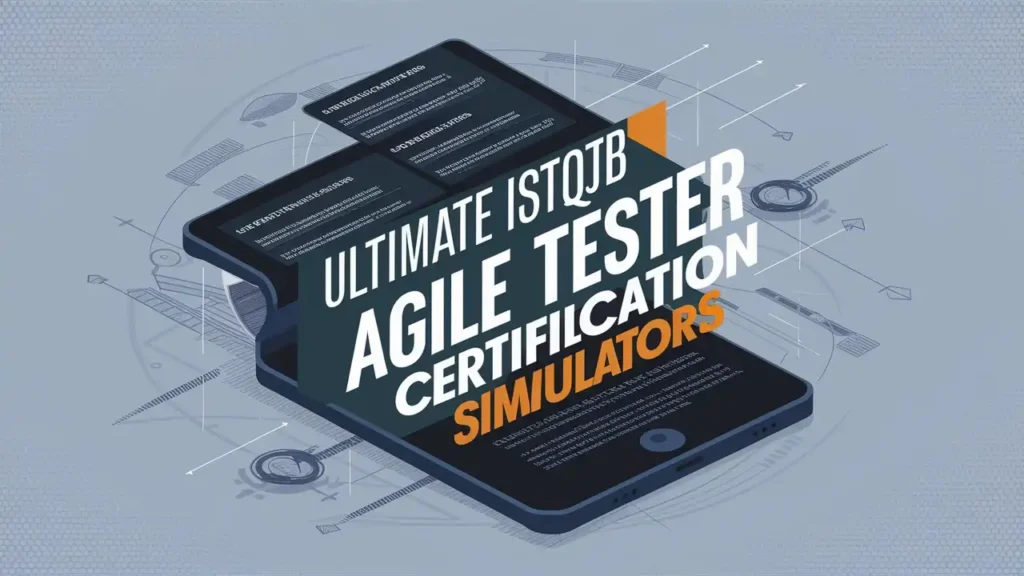In the ever-evolving world of software development, quality assurance (QA) and testing play a pivotal role in ensuring that applications meet user expectations and function as intended. However, software testing isn’t just about passing exams—it’s about applying concepts effectively in real-world scenarios. The International Software Testing Qualifications Board (ISTQB) provides a globally recognized certification framework that equips professionals with the necessary knowledge and skills to excel in software testing.
But how does ISTQB knowledge translate into real-world applications? In this blog, we’ll explore how ISTQB principles and practices are applied across various industries to deliver high-quality software solutions.
1. Improving Software Quality in Agile and DevOps Environments ⚙️
How ISTQB Enhances Agile and DevOps Practices
Agile and DevOps methodologies emphasize continuous integration, continuous delivery (CI/CD), and rapid releases. ISTQB knowledge helps testers adapt to these fast-paced environments by:
- Implementing risk-based testing: Prioritizing tests based on risk ensures that critical functionalities are tested first, even under tight deadlines.
- Collaborating with cross-functional teams: ISTQB emphasizes communication and collaboration, which helps testers work seamlessly with developers, product owners, and operations teams.
- Automating tests effectively: Understanding test automation frameworks and tools—key aspects of ISTQB Advanced Level certifications—enables testers to create automated test suites that align with CI/CD pipelines. For those interested in preparing for such certifications, you can explore the ISTQB Test Manager Advanced Level Practice Exams and the ISTQB Certified Tester Advanced Level Practice Exams.
Real-World Example:
A fintech company applies ISTQB principles to automate regression tests for its mobile banking app. This helps ensure that new features don’t break existing functionality during bi-weekly releases, improving software quality while accelerating time-to-market.
2. Ensuring Compliance in Regulated Industries 📑
ISTQB Knowledge in Regulated Sectors
Industries like healthcare, finance, and aerospace are subject to strict regulatory requirements. ISTQB knowledge helps testers ensure compliance by:
- Designing traceable test cases: ISTQB teaches the importance of traceability matrices, which link requirements to test cases, ensuring that all regulatory requirements are validated.
- Conducting thorough documentation: Proper documentation of test plans, test cases, and results is critical for audits and compliance checks.
- Performing security testing: ISTQB’s Advanced Level Security Tester certification equips professionals to identify vulnerabilities and ensure data protection. If you’re considering further specialization in security, the ISTQB Agile Tester Certification CTFL-AT Practice Exams offer great resources.
Real-World Example:
A medical device manufacturer uses ISTQB-compliant testing processes to validate software embedded in a heart monitor. This ensures the product meets FDA regulations, mitigating risk while adhering to stringent healthcare standards.
3. Enhancing User Experience (UX) through ISTQB Techniques 🖥️
ISTQB’s Role in UX and Usability Testing
User satisfaction is a key metric for software success. ISTQB knowledge helps testers focus on usability and UX by:
- Conducting usability testing: ISTQB principles guide testers in evaluating how intuitive and user-friendly an application is.
- Identifying edge cases: By understanding boundary value analysis and equivalence partitioning, testers can uncover scenarios that might frustrate users.
- Gathering feedback: ISTQB emphasizes the importance of involving stakeholders and end-users in the testing process to ensure the product meets their needs. Testers looking to strengthen their foundation can refer to the ISTQB Certified Tester Foundation certification.
Real-World Example:
An e-commerce platform uses ISTQB techniques to test its checkout process. They ensure it’s seamless and error-free for users across various devices, significantly improving the customer experience and reducing cart abandonment.
4. Reducing Costs and Time-to-Market 💸
ISTQB Principles in Cost Reduction and Efficient Testing
Early detection of defects is one of the most effective ways to reduce costs and accelerate delivery. ISTQB knowledge helps organizations achieve this by:
- Implementing static testing: Techniques like reviews and walkthroughs (covered in ISTQB Foundation Level) help identify defects before code is even executed.
- Optimizing test coverage: ISTQB teaches testers to design test cases that maximize coverage while minimizing redundancy.
- Leveraging test management tools: ISTQB-certified professionals are trained to use tools that streamline test planning, execution, and reporting.
Real-World Example:
A gaming company uses ISTQB principles during the alpha testing phase to identify critical bugs early, saving thousands of dollars in post-release fixes.
For those working in Agile environments, consider the ISTQB Agile Tester Certification CTFL-AT Practice Exams to enhance your knowledge and skill set.
5. Supporting Global Software Development 🌐
ISTQB Knowledge Across Diverse Teams
In today’s globalized world, software development teams are often distributed across different countries and time zones. ISTQB knowledge helps ensure consistency and quality by:
- Standardizing testing processes: ISTQB provides a common language and framework for testing, making it easier for teams to collaborate across geographical boundaries.
- Managing cultural differences: ISTQB’s focus on communication and documentation helps bridge gaps between diverse teams.
- Ensuring global compatibility: Testers use ISTQB techniques to validate software for different languages, regions, and devices.
Real-World Example:
A multinational corporation uses ISTQB-compliant testing processes to ensure its ERP system works flawlessly across all regional offices, accommodating diverse languages and cultural contexts.
6. Driving Innovation in Emerging Technologies 🧠
Adapting ISTQB to New Challenges in Emerging Tech
As technologies like AI, IoT, and blockchain gain traction, ISTQB knowledge helps testers adapt to new challenges by:
- Understanding unique testing requirements: ISTQB’s Advanced Level certifications cover specialized areas like AI testing and performance testing.
- Validating complex systems: Testers use ISTQB principles to ensure that interconnected systems (e.g., IoT devices) work harmoniously.
- Ensuring reliability: ISTQB techniques help testers identify and mitigate risks in cutting-edge technologies.
Real-World Example:
A smart home device manufacturer uses ISTQB knowledge to test the interoperability of its IoT-enabled devices, ensuring a seamless user experience by validating the performance of devices across a range of environmental conditions.
How ISTQB Certification Applies to Real-World Software Testing Scenarios 🛠️
Bridging the Gap Between Theory and Practice
ISTQB-certified testers are trained to approach real-world software testing scenarios with structured methodologies and techniques that ensure high-quality outcomes. These principles are directly applicable in the real world by:
- Implementing Risk-Based Testing: In scenarios where deadlines are tight, ISTQB emphasizes prioritizing test cases based on risk, ensuring that the most critical functionalities are tested first.
- Collaboration Across Teams: ISTQB’s emphasis on communication and collaboration prepares testers to seamlessly integrate with developers, business analysts, and product owners, improving cross-functional teamwork and project success.
- Leveraging Test Automation: ISTQB-certified professionals are skilled in creating automated test scripts that fit within Agile CI/CD pipelines, ensuring continuous integration of new features without compromising quality.
Real-World Example:
In an Agile development environment, a fintech company applies ISTQB principles by automating regression tests for a mobile banking app, ensuring that new updates don’t break critical functions while allowing bi-weekly releases to maintain operational speed.
Practical Applications of ISTQB Knowledge in Software Projects 📝
How ISTQB Principles Improve Software Quality Assurance
ISTQB knowledge isn’t just limited to passing exams. It provides hands-on techniques that help professionals in the field apply best practices in various software testing environments:
- Improved Test Design: Using equivalence partitioning and boundary value analysis, testers can design comprehensive tests that ensure the software handles both typical and edge cases effectively.
- Efficient Test Management: Testers are equipped with tools to manage testing efforts, prioritize tasks, and track progress—key skills for meeting deadlines and delivering high-quality products on time.
- Optimizing Test Coverage: ISTQB-trained professionals understand how to achieve comprehensive test coverage while minimizing redundancy, ensuring effective and thorough testing without unnecessary resource usage.
Real-World Example:
A medical device manufacturer uses ISTQB principles for regression testing of embedded software in heart-monitoring devices. By applying traceability matrices for regulatory requirements and implementing manual and automated tests, they ensure compliance with FDA regulations.
Benefits of ISTQB Certification in Real-World Testing Environments 💡
Impact of ISTQB Certification on Software Testing Careers
ISTQB-certified testers gain both practical knowledge and global recognition, empowering them to succeed in competitive job markets. Benefits include:
- Global Recognition: ISTQB-certified professionals are respected worldwide, which increases the potential for career mobility and working in international teams or companies.
- Career Advancement: With certifications ranging from Foundation to Advanced and Expert Levels, professionals can steadily progress in their careers, qualifying for leadership roles and higher-paying positions.
- Expanded Skill Sets: ISTQB provides practical knowledge and specialized certifications (like Automation Testing and Security Testing) that expand career options across diverse sectors like finance, healthcare, and technology.
Real-World Example:
A QA lead who earned their ISTQB Expert Level certification was promoted to Quality Assurance Director at a multinational software company. The leadership, management skills, and expertise they acquired via ISTQB empowered them to influence company-wide testing practices and streamline software release cycles.
If you’re interested in ISTQB certifications to boost your testing knowledge, check out the AI ISTQB Testing Certification Practice Exams.
Using ISTQB Principles to Improve Software Quality Assurance 🔧
ISTQB’s structured approach to testing enhances every stage of the testing lifecycle. Testers with ISTQB certification use these principles to create comprehensive strategies that guarantee software reliability and user satisfaction.
- Test Automation Strategies: ISTQB’s principles on test automation allow testers to implement continuous testing within CI/CD pipelines, ensuring efficient regression tests and faster product delivery cycles.
- Performance and Load Testing: By applying performance testing techniques learned through ISTQB, testers ensure that applications can handle stress and heavy traffic, thus improving software robustness.
Real-World Example:
An e-commerce platform applies ISTQB test techniques to ensure its checkout process is both functional and scalable. By automating load tests, they ensure their systems are ready to handle heavy traffic during peak shopping seasons, such as Black Friday or Cyber Monday.
Applying ISTQB Concepts in Agile and DevOps Environments ⚙️
Leveraging ISTQB in Agile and DevOps
Agile and DevOps environments emphasize continuous integration and rapid delivery, and ISTQB principles are well-suited to these fast-paced settings. Certified testers can apply ISTQB principles to:
- Collaborative Testing in Agile Teams: ISTQB-trained testers are adept at working in cross-functional teams and playing an active role in sprint planning and daily stand-ups, ensuring that testing is integrated throughout the development process.
- Test Automation in CI/CD Pipelines: ISTQB principles help professionals implement automated testing frameworks, ensuring smooth CI/CD integration and faster feedback cycles.
Real-World Example:
A cloud service provider integrates ISTQB-certified testers into their DevOps pipeline, leveraging automated testing to ensure that every deployment is immediately tested for bugs and performance issues. This ensures that their software runs smoothly and efficiently across all systems.
Challenges Faced When Implementing ISTQB Principles in Practice 🏗️
Overcoming the Pitfalls of Theory vs. Practice
While ISTQB knowledge is vital for software testing, implementing its concepts in real-world projects can come with challenges:
- Balancing Test Rigor with Time Constraints: Testers may struggle to apply ISTQB-compliant testing techniques while facing strict deadlines. Finding the balance between thorough testing and meeting project timelines is a common challenge.
- Adapting to Changing Requirements: In Agile environments, requirements can change rapidly, and applying risk-based testing and adaptive testing strategies may require continuous reevaluation and adjustments.
- Managing Complex Test Environments: In large, complex systems with multiple integrations, testers may face difficulties in managing test environments and ensuring end-to-end coverage without sacrificing efficiency.
Real-World Example:
A banking app development team faced difficulties applying ISTQB-compliant testing techniques in a tight project timeline. However, by prioritizing critical user flows using risk-based testing, the team was able to deliver a stable product on schedule without compromising quality.
Tools and Techniques for Applying ISTQB Knowledge Effectively 🛠️
To fully realize the potential of ISTQB certification, professionals must leverage the right tools and techniques for effective testing:
- Test Automation Tools: ISTQB knowledge helps professionals use tools like Selenium and JUnit to build automated test scripts that integrate with CI/CD pipelines.
- Performance Testing Tools: For performance testing, ISTQB-trained testers can use tools like JMeter and LoadRunner to ensure applications perform well under stress.
- Test Management Tools: Tools like Jira and TestRail are essential for managing testing efforts, tracking defects, and collaborating across teams.
Real-World Example:
A software development company uses ISTQB-based frameworks to integrate Selenium for automated UI testing and JMeter for load testing of their web application. This approach helped improve the quality of their product while minimizing manual testing efforts.
Conclusion: Bridging the Gap Between Theory and Practice with ISTQB 🌉
ISTQB-certified testers play a critical role in ensuring that software not only meets functional requirements but is also secure, reliable, and efficient. By applying ISTQB principles in real-world projects, testers help organizations deliver high-quality software while keeping costs low and ensuring compliance with industry standards.
Whether you’re working in Agile, DevOps, or highly regulated industries, ISTQB knowledge equips you with the skills to excel. Investing in ISTQB certification isn’t just about passing an exam—it’s about gaining practical skills that you can apply to solve real-world challenges.
If you’re ready to enhance your career and gain practical skills in software testing, ISTQB certification is your gateway to success.

